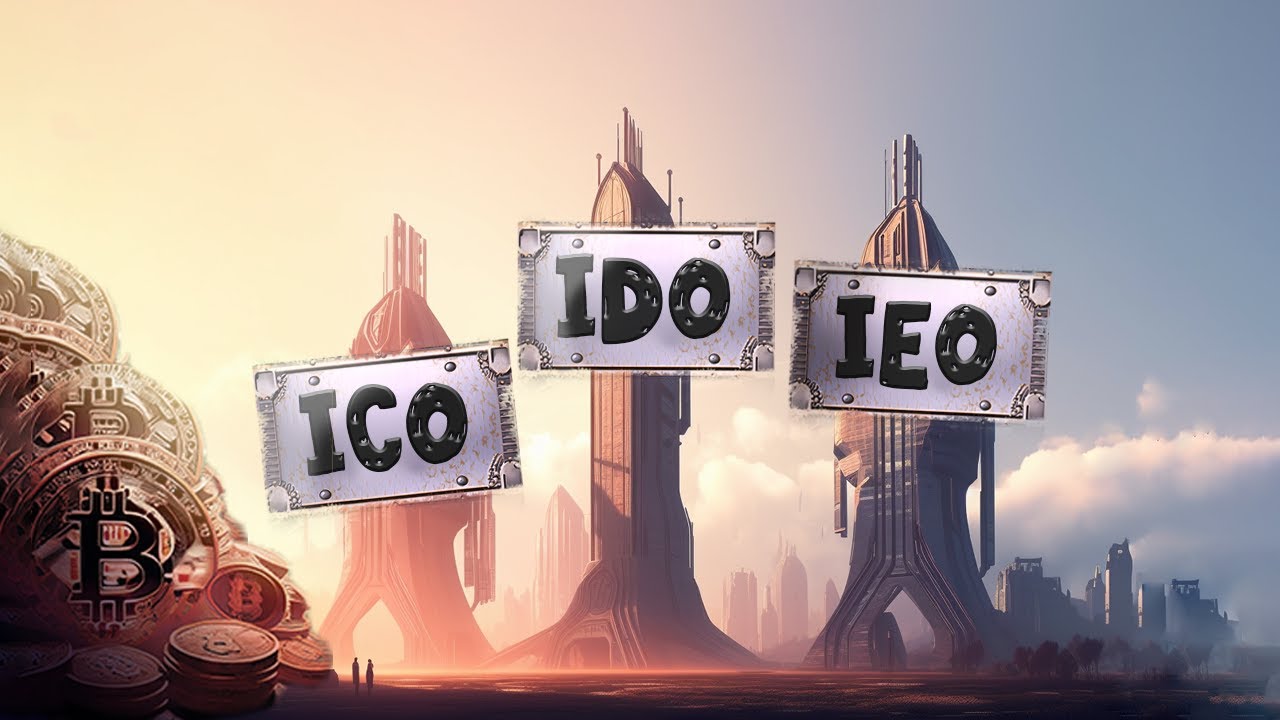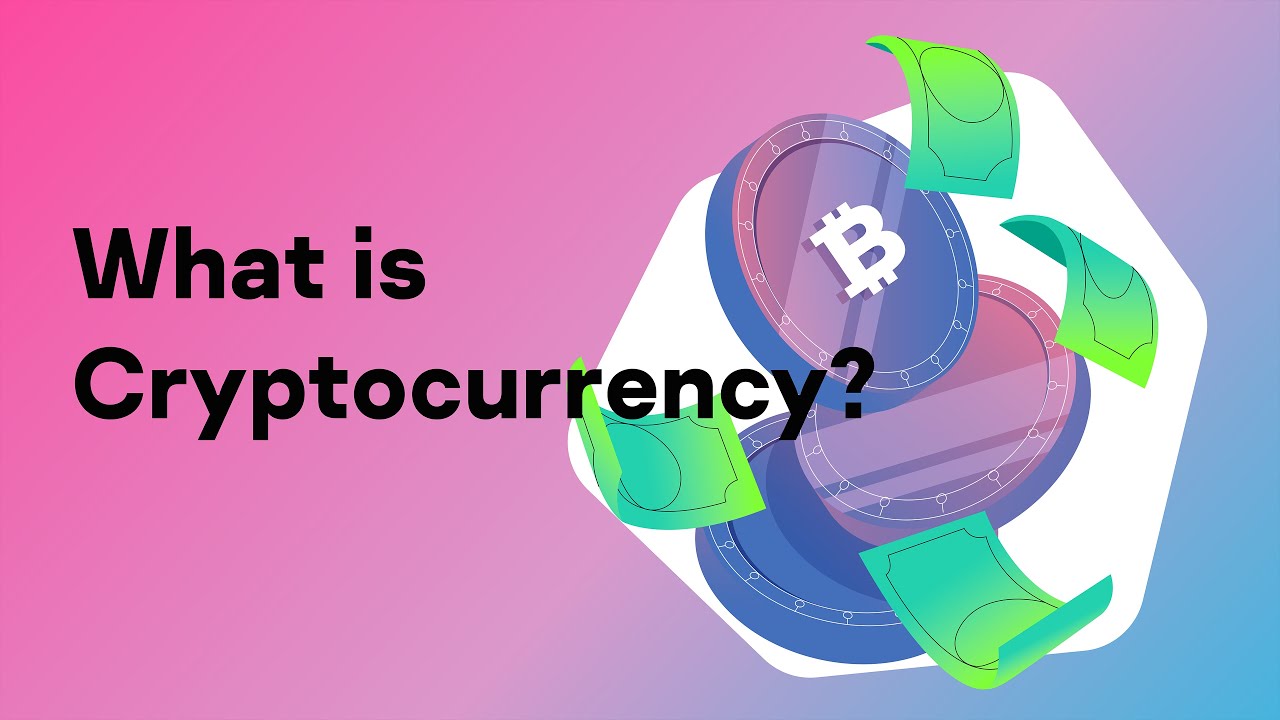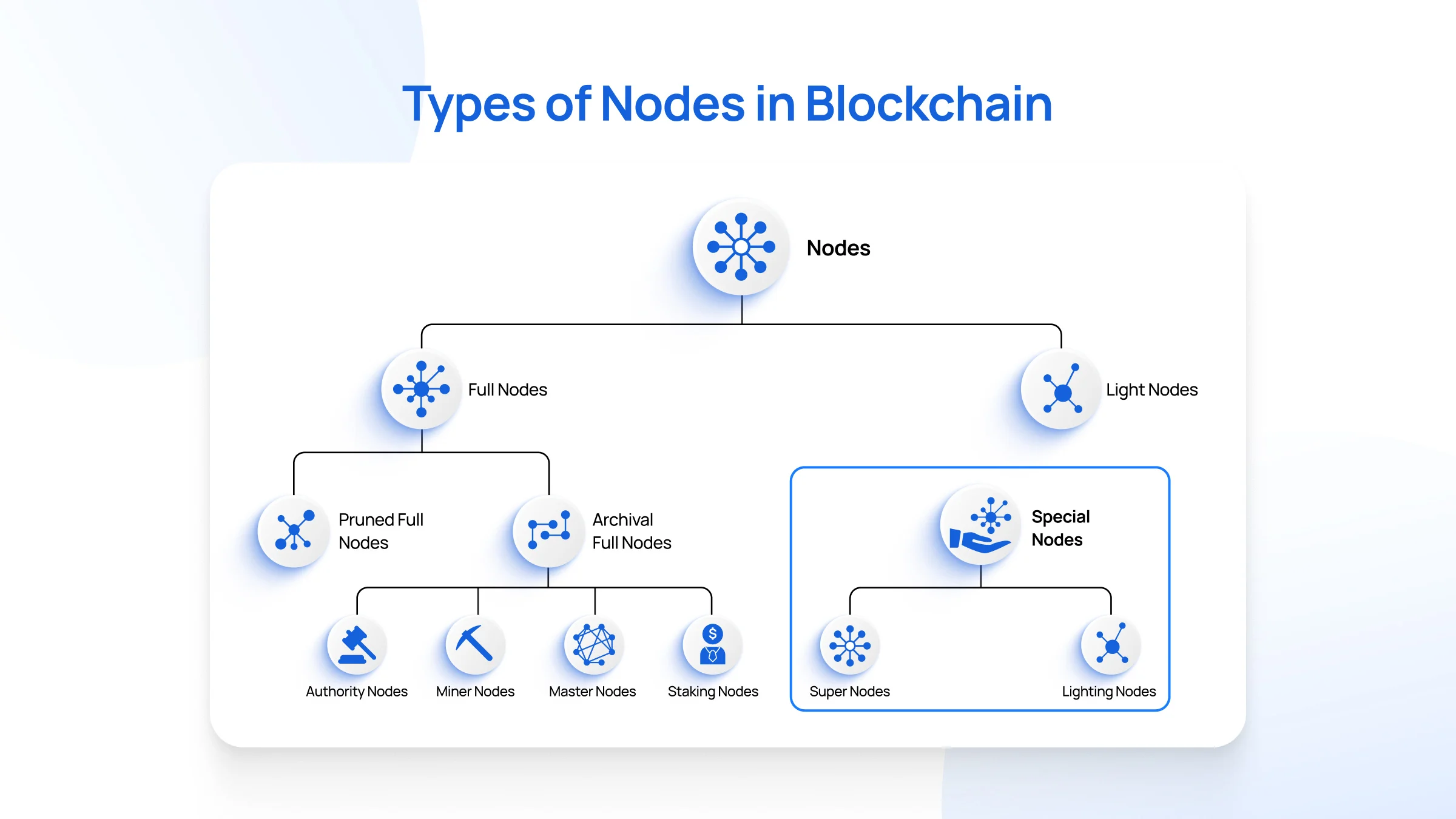ICOs, IDOs, and IEOs: A Comprehensive Guide
In the world of cryptocurrency, the rise of new blockchain projects has given birth to several fundraising methods. Initial Coin Offerings (ICOs), Initial DEX Offerings (IDOs), and Initial Exchange Offerings (IEOs) are among the most common ways for blockchain projects to raise capital. Each method has its own unique characteristics, benefits, and risks. Understanding these fundraising models is crucial for both project creators and potential investors.
This guide will explain each method in detail, exploring their differences, advantages, and challenges, so you can make informed decisions whether you’re looking to participate in one or launch a new crypto project yourself.
1. Initial Coin Offering (ICO)
What is an ICO?
An Initial Coin Offering (ICO) is a fundraising mechanism where new cryptocurrency projects sell their tokens to early investors in exchange for established cryptocurrencies like Bitcoin (BTC) or Ethereum (ETH). ICOs are often used to fund the development of blockchain projects, pay for marketing, or cover other operational expenses. ICOs became extremely popular during the 2017 crypto boom, with many projects raising millions of dollars through this method.
How Does an ICO Work?
The process of an ICO typically follows these steps:
- Project Launch: The project team creates a whitepaper outlining the purpose of the token, the use case, the tokenomics (economics of the token), and details of the ICO such as the token price, hard cap (maximum amount raised), and soft cap (minimum amount needed to proceed).
- Token Sale: The project team begins selling the tokens to the public, usually at a discounted rate compared to the post-ICO price. Investors can participate by sending funds (typically in Bitcoin, Ethereum, or stablecoins) to a wallet specified by the project.
- End of ICO: After the ICO is completed, the tokens are usually distributed to investors, and the project team starts using the funds for its development, marketing, and other business activities.
Advantages of ICOs
- Global Reach: ICOs are open to investors worldwide, allowing a global community of investors to participate.
- High Returns: Investors can get in at the ground level and potentially see significant returns if the project succeeds.
- No Intermediaries: ICOs eliminate the need for traditional funding intermediaries such as venture capitalists or banks.
Risks of ICOs
- Lack of Regulation: ICOs were largely unregulated, leading to potential scams and fraudulent projects. Many ICOs in 2017 raised significant amounts of capital and then failed or disappeared, taking investors’ money with them.
- Market Volatility: Tokens can fluctuate wildly in price post-ICO, and there’s a risk that the token will lose value or become worthless.
- Security Concerns: Some ICOs are targets for hackers, and there’s always the risk of cyber attacks, especially if the project’s smart contract or wallet isn’t properly secured.
ICOs in 2025
ICOs have become less common due to regulatory scrutiny. However, there are still occasional ICOs in the market, especially for projects aiming for a quick capital raise. It’s crucial for investors to conduct due diligence and avoid high-risk, unregulated offerings.
2. Initial DEX Offering (IDO)
What is an IDO?
An Initial DEX Offering (IDO) is a fundraising mechanism where cryptocurrency projects launch their tokens on a decentralized exchange (DEX) rather than through traditional centralized platforms. An IDO is conducted on a decentralized platform that allows anyone to buy tokens directly via liquidity pools. Unlike ICOs, which are conducted on centralized exchanges, IDOs are decentralized and often offer greater transparency.
How Does an IDO Work?
The steps for an IDO typically involve:
- Partnership with a Decentralized Exchange: The project team partners with a DEX (such as Uniswap, PancakeSwap, or SushiSwap) to launch their token. Some DEXs have their own platforms specifically designed for IDOs (e.g., Polkastarter or DAO Maker).
- Liquidity Pool Creation: The project adds liquidity to the DEX for the new token. This liquidity pool is crucial for ensuring that there’s enough liquidity for buyers to purchase the token and for sellers to sell it.
- Token Sale: Investors can participate by connecting their wallets to the DEX and purchasing tokens using other cryptocurrencies (usually ETH or stablecoins).
- Post-IDO: Once the sale ends, the token becomes publicly traded on the DEX, where the price is determined by market demand and supply.
Advantages of IDOs
- Decentralization: IDOs are decentralized, meaning that they are not controlled by a central entity. This provides greater transparency and eliminates some of the risks associated with centralized exchanges.
- Access to Liquidity: Since the tokens are listed on a decentralized exchange, they can quickly be traded, and liquidity is typically provided by the community.
- Low Barrier to Entry: Anyone can participate in an IDO, and there is often no need for whitelisting or KYC (Know Your Customer) checks, making it accessible to a global audience.
Risks of IDOs
- Scalping and Front-running: Some participants use bots to purchase tokens as soon as they become available, driving up prices for retail investors.
- Price Volatility: Like ICOs, IDOs can experience huge price fluctuations immediately after the token is listed.
- Lack of Regulation: IDOs are also largely unregulated, and there is a risk of rug pulls, where the project team can exit after raising funds without delivering a product.
IDOs in 2025
IDOs have gained popularity over the last couple of years and are now one of the most popular methods of fundraising for decentralized projects. While they still carry risks, the decentralized nature and lower fees have made IDOs an attractive option for many new projects.
3. Initial Exchange Offering (IEO)
What is an IEO?
An Initial Exchange Offering (IEO) is similar to an ICO, but with one significant difference: the token sale is conducted through a centralized exchange. In an IEO, the exchange acts as an intermediary between the project and investors, and it conducts the token sale on behalf of the project team.
How Does an IEO Work?
The process of an IEO is as follows:
- Partnership with an Exchange: The project team partners with a cryptocurrency exchange (e.g., Binance, Huobi, or OKEx) to launch their token sale.
- Token Sale: The exchange lists the token sale on its platform, and investors can purchase tokens directly through the exchange using their exchange wallets.
- IEO Launch: After the IEO ends, the tokens are distributed to investors’ wallets, and they can be traded on the exchange.
Advantages of IEOs
- Credibility and Trust: Since the IEO is conducted through an established exchange, it offers a layer of trust. The exchange typically vets the projects, which reduces the risk of scams.
- Liquidity: IEOs are often paired with immediate liquidity on the exchange, making it easy for investors to sell their tokens once the sale ends.
- Better Marketing Support: Exchanges typically promote IEOs heavily, giving projects exposure to a large user base and marketing resources.
Risks of IEOs
- Exchange Fees: Listing on an exchange for an IEO comes with significant fees, which may be a barrier for some smaller projects.
- Centralization: IEOs are centralized and rely on the exchange to ensure fairness and transparency. This can limit decentralization and affect the values of certain projects.
- Market Influence: Exchanges often have a significant influence over the listing of tokens. If the exchange is not actively promoting the IEO, it may not achieve its fundraising goals.
IEOs in 2025
IEOs continue to be a popular method of fundraising for projects looking to gain credibility and visibility. Established exchanges have adapted to provide more support for IEOs, and they remain a reliable fundraising method for both investors and projects.
Comparison: ICO vs. IDO vs. IEO
| Feature | ICO | IDO | IEO |
|---|---|---|---|
| Platform | Centralized (website or platform) | Decentralized (DEX) | Centralized (Cryptocurrency Exchange) |
| Regulation | Minimal or none | Minimal or none | Regulated by the Exchange |
| Liquidity | Not available immediately | Available after listing | Available immediately |
| Transparency | Varies, often low | Generally high | High (Exchange verifies projects) |
| Risks | High (scams, volatility) | High (scams, bots, volatility) | Lower (due to exchange vetting) |
| Participation | Open to everyone | Open to everyone | Limited to exchange users |
Conclusion
ICOs, IDOs, and IEOs each have their own advantages and risks. ICOs offer global access with the potential for high returns but come with significant risks due to a lack of regulation. IDOs offer decentralization and liquidity but can be susceptible to volatility and scalping. IEOs offer a level of trust due to exchange vetting but can come with higher fees and centralized control.
For investors, it’s important to conduct thorough research, understand the risks involved, and only invest what they are willing to lose. For projects, choosing the right fundraising method depends on their goals, resources, and target audience. Understanding the nuances of each method will help ensure better outcomes for both projects and investors alike.




